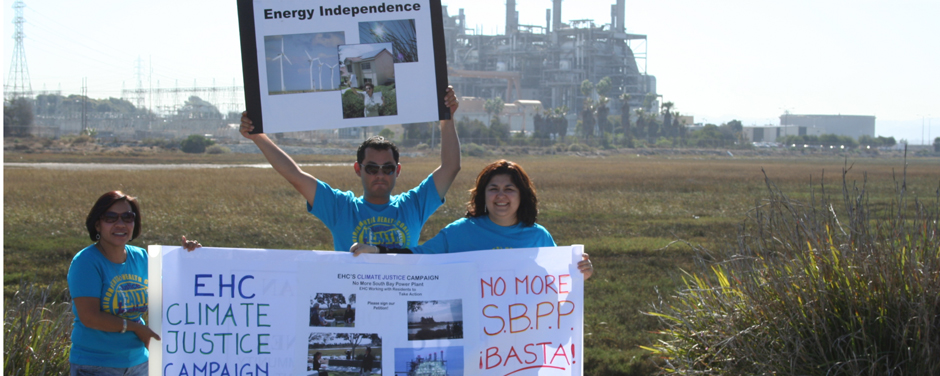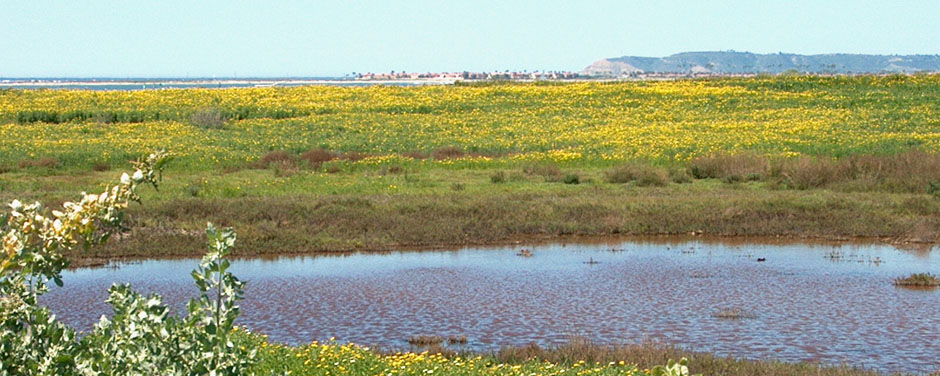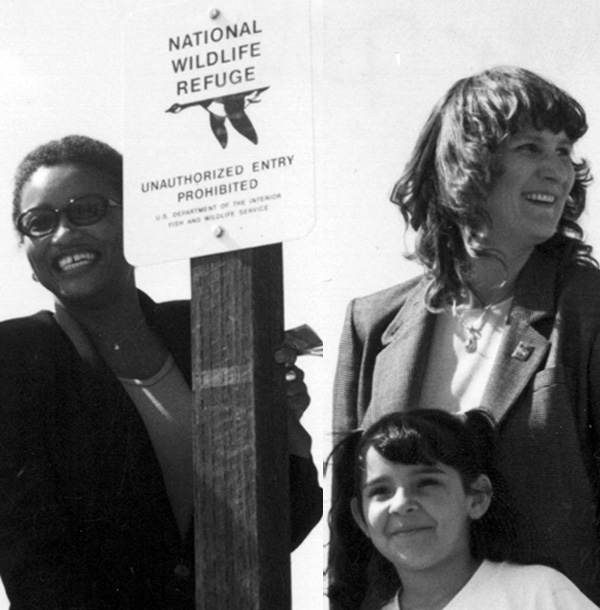 From 1960 until decommissioned in 2010, the South Bay Power Plant’s four generators polluted South San Diego Bay and emitted tons of toxic and greenhouse gases.
From 1960 until decommissioned in 2010, the South Bay Power Plant’s four generators polluted South San Diego Bay and emitted tons of toxic and greenhouse gases.
Environmental Health Coalition's concern started with the impacts of the power plant on San Diego Bay, but expanded to include air pollution and development of a sustainable energy policy. In 2001, the San Diego Bay Council, comprised of Environmental Health Coalition and six other non-profit organizations, published Deadly Power, A case for eliminating the impacts of the South Bay Power Plant on San Diego Bay and ensuring better environmental options for the San Diego/Tijuana region.
It took another ten years of community organizing and advocacy before we reached the goal of shutting down the power plant.
Current Issues – cleanup and reuse
The South Bay Power Plant occupies 115 acres of bayfront property owned by the Port of San Diego in the City of Chula Vista. Now comes the task of tearing down the 175-foot structure, cleaning up the contamination and restoring the land for future use.
Chula Vista's Bayfront Master Plan includes this site.



 Most of the land surrounding San Diego Bay is controlled by the San Diego Unified Port District or the U.S. military. The last remaining piece of privately owned bayfront property was 125 acres between the Sweetwater Marsh Unit of the San Diego National Wildlife Refuge and a marina/commercial development on Port controlled land to the South. When developers proposed dense commercial and residential development at this site, environmentalists and South Bay residents objected.
Most of the land surrounding San Diego Bay is controlled by the San Diego Unified Port District or the U.S. military. The last remaining piece of privately owned bayfront property was 125 acres between the Sweetwater Marsh Unit of the San Diego National Wildlife Refuge and a marina/commercial development on Port controlled land to the South. When developers proposed dense commercial and residential development at this site, environmentalists and South Bay residents objected.